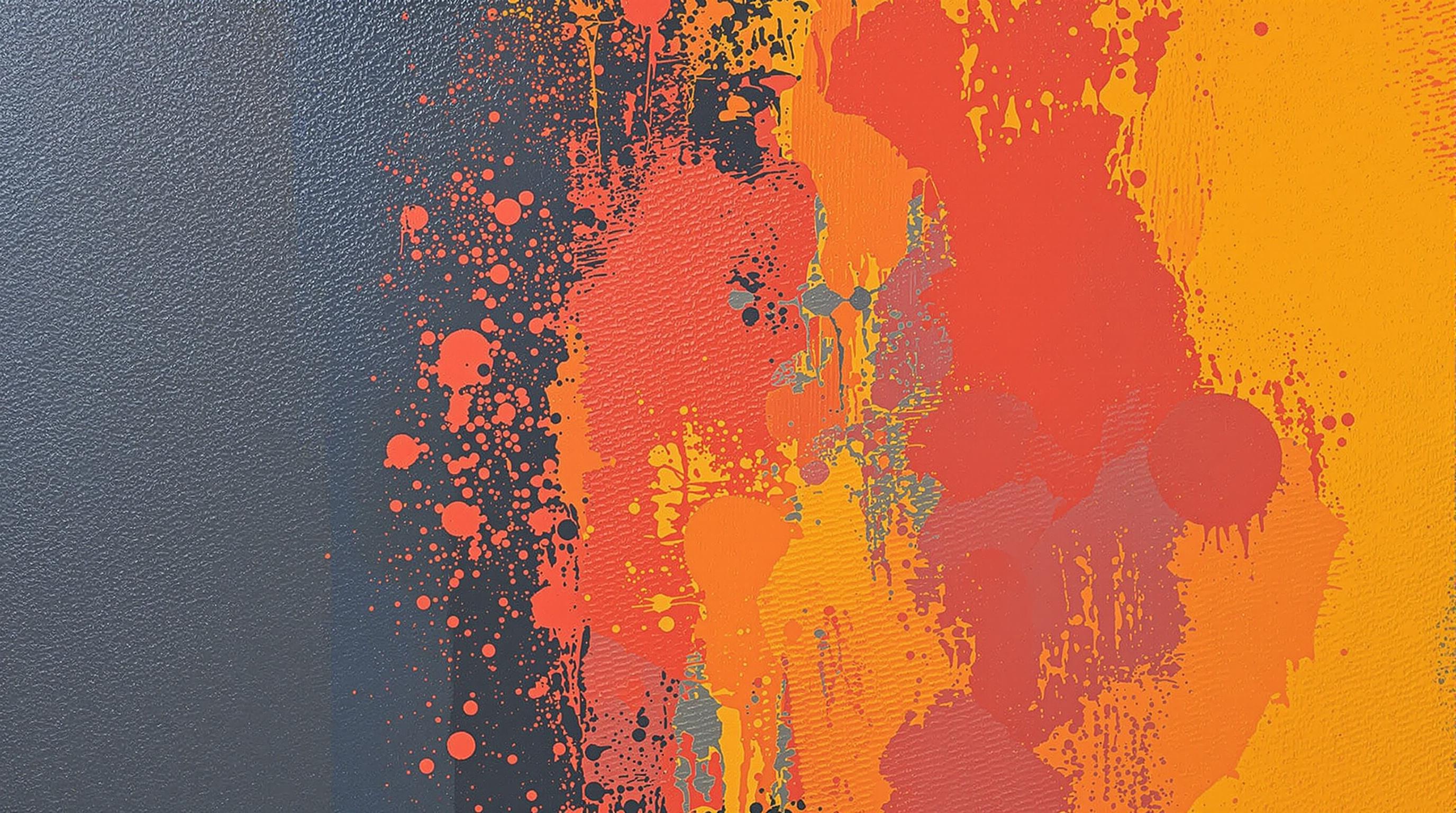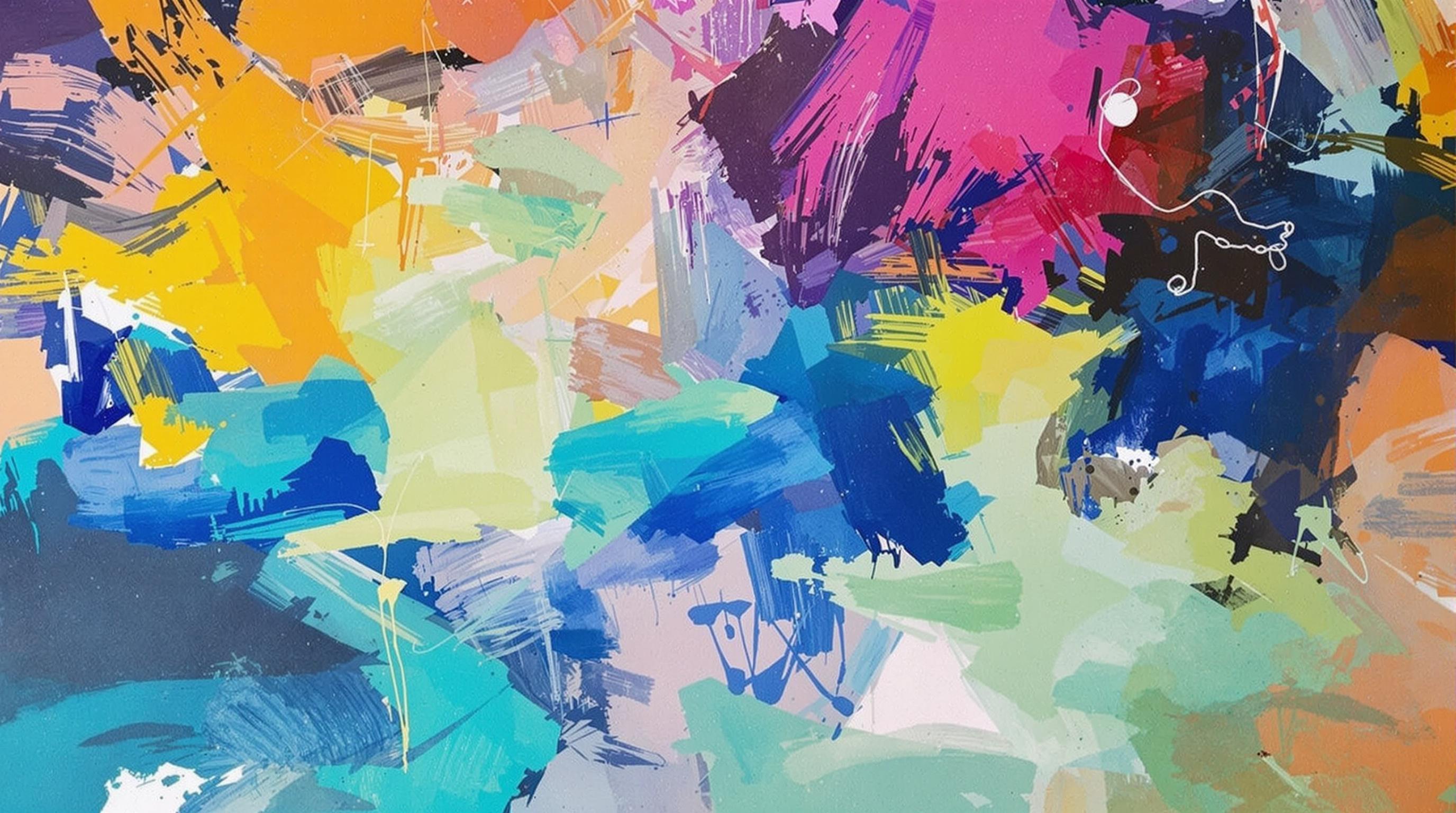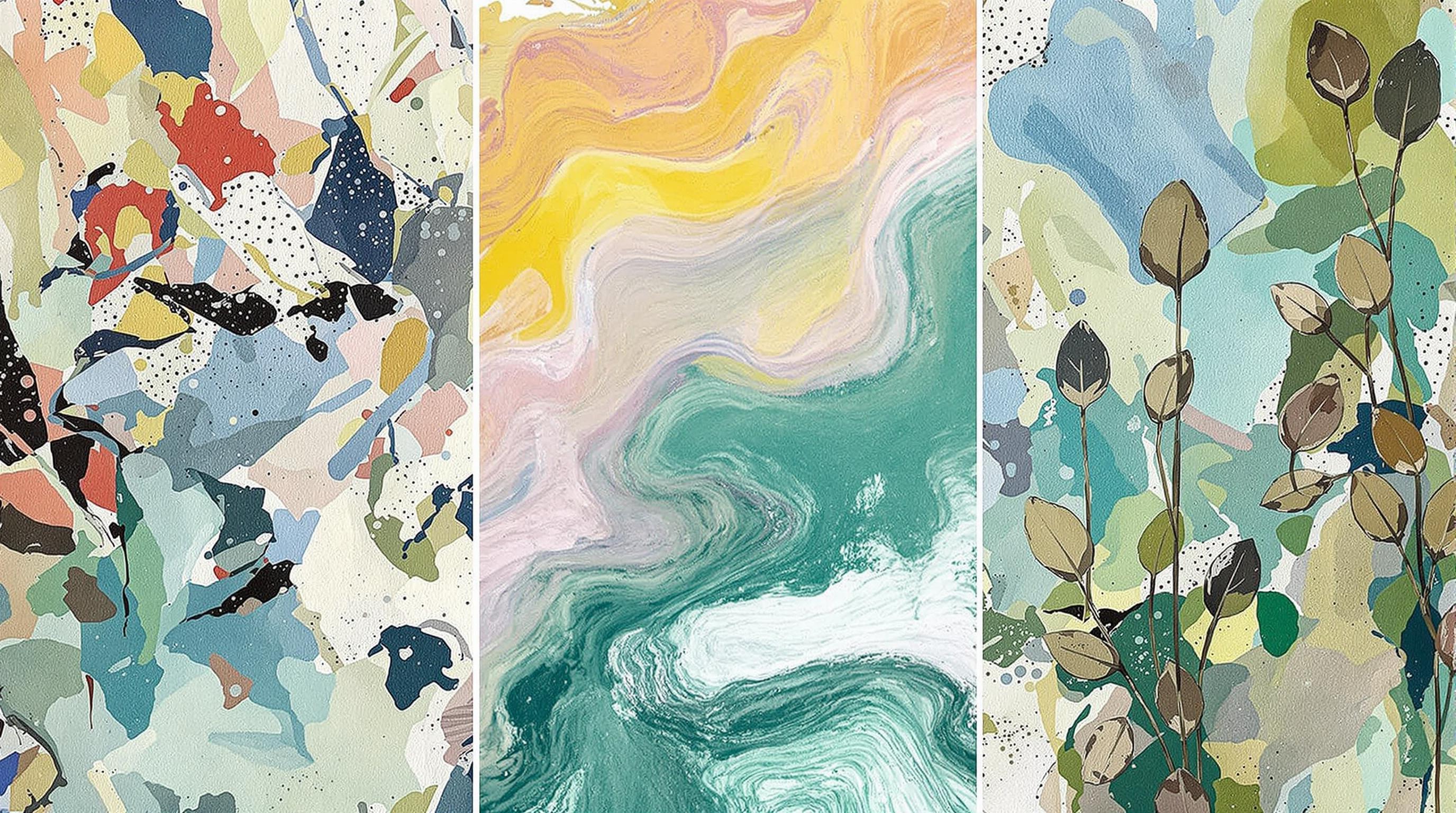Related Articles
- The Hidden Influence of Ergonomics: How Tool Design Shapes Our Physical Spaces and Daily Lives
- The Silent Influence: How Hidden Home Implements Shape Our Daily Routines and Spaces
- The Counterintuitive Role of Chaos: How Messy Tool Storage Can Lead to Unexpected Home Innovations
- Exploring the Unseen: How Audio Experiences Shape the Art of Domestic Spaces and Color Perception
- Rethinking the Mundane: How Everyday Objects are Becoming the Canvas for Modern Artistic Expression in Home Spaces
- Cultivating Chaos: The Surprising Benefits of Embracing Weeds in Your Garden Ecosystem
9 Hidden Textures That Will Transform Your Home Decor: Elevate Your Painting Techniques for Fresh Aesthetic Appeal
9 Hidden Textures That Will Transform Your Home Decor: Elevate Your Painting Techniques for Fresh Aesthetic Appeal
9 Hidden Textures That Will Transform Your Home Decor: Elevate Your Painting Techniques for Fresh Aesthetic Appeal
1. Sponges: The Unsung Heroes
Often overlooked, sponges can add a unique and soft texture to walls and surfaces when used with paint. By dabbing and dragging a sponge across a wet painted surface, you can create an organic, mottled effect that brings depth to any room. This technique allows for experimentation with colors, ensuring that each wall becomes a one-of-a-kind masterpiece.
Incorporating this method into your home decor also means you don't need to stick with a single shade. Blend multiple hues to form a layered effect that evokes a sunset or a tranquil seaside. The result? A captivating backdrop that serves as a conversation starter.
According to design experts, “Sponging is a technique that not only enhances visual appeal but also adds warmth to colder spaces,” making it an ideal choice for those looking to create a more inviting environment (Source: Architectural Digest).
2. Rag Rolling: Vintage Vibes
Looking for a technique that screams vintage chic? Rag rolling is the answer. By rolling a rag covered in paint over a base coat, you can achieve an eye-catching textured finish reminiscent of old-world charm. The randomness of the rag’s application results in an appealing pattern that feels both historical and contemporary.
This method is particularly effective in living rooms and dining spaces, where it can complement ornate furniture and accessories. The subtle texture breaks the monotony of flat finishes, giving your walls character without overwhelming the senses.
Home decor guru Kelly Wearstler notes, “Textures, like those created through rag rolling, can tell stories and evoke feelings, making your home an immersive experience” (Source: Elle Decor).
3. Stenciling: Precise Patterns
If you have a knack for precision, stenciling is your best friend. This technique involves creating intricate designs using stencils and paint to add detailed textures to your surfaces. Whether it’s a bold statement piece or delicate accents, stencils allow for creativity while maintaining a clean appearance.
Stenciling works beautifully on furniture, smaller accent walls, or even ceilings. Consider selecting designs that reflect your personal style, such as geometric patterns or floral motifs. The level of intricacy can dramatically influence the room’s aesthetics, transitioning a basic space into a designer haven.
“Stenciling is akin to pattern-making in fashion—each design can completely alter the vibe of a room,” shares interior designer Jonathan Adler (Source: House Beautiful).
4. Texture Paste: Thick and Bold
For those who prefer a more dramatic approach to texturing, texture paste is the way to go. This paste can be applied in layers, creating a 3D effect that dramatically changes the feel of any room. You can achieve everything from a rustic, stucco-like finish to a modern abstract look depending on your application technique.
Texture paste can be tinted or painted over, allowing for the possibility of bold colors and finishes that reflect light differently based on the texture created. This feature exemplifies creativity, enabling decorators to play with depth and dimension.
Many artists and designers recommend texture paste for more adventurous styles, stating that “it’s your chance to sculpt the wall as if it were a blank canvas” (Source: Design Milk).
5. Wood and Paint Combos: Natural Style
Incorporating natural elements with paint can create a beautiful texture that feels welcoming. Wood paneling, whether horizontal or vertical, can be painted over or left as a natural finish to play with the beauty of wood grain. The combination of these materials adds warmth and depth to a room.
Mix and match wood types with complementary paint colors to create a dynamic visual experience. This technique is particularly effective in rustic or farmhouse-style homes but can be adapted to fit modern aesthetics as well.
Renowned designer Martha Stewart points out that “the mixture of raw wood and painted surfaces results in a harmonious balance between nature and creativity” (Source: Martha Stewart Living).
6. Metallic Finishes: Glam Up
Adding metallic paints to your walls can provide a touch of elegance and sophistication. Gold, silver, or copper tones can be applied with various techniques—sponging, brushing, or even stenciling—to create shimmering textures that catch the light and draw the eye.
Metallic finishes can be used in small areas to highlight architectural details or on larger surfaces for a bold statement. When used thoughtfully, these finishes can transform an ordinary space into one that feels luxurious and modern.
According to fashion and interior stylist Jen Ramos, “Metallics reflect not only light but also attention, turning any mundane wall into an eye-catching feature” (Source: My Design Chic).
7. Concrete: Raw Edge Chic
Concrete has become a beloved aesthetic choice in contemporary decor, known for its industrial chic vibe. Even if you’re not working with actual concrete walls, various paint products can mimic this edgy texture beautifully, providing an effortlessly stylish look.
This raw element works well in both urban designs and modern rustic settings. Pair concrete textures with softer furnishings to create a perfect contrast between hard and soft elements, balancing brutality with comfort.
The rise of concrete finishes in home decor is supported by designer Caitlin Wilson, who states, “Concrete adds an unexpected layer of sophistication to otherwise soft designs” (Source: Caitlin Wilson Design).
8. Fabric for Softness
Using fabric as a textured wall treatment can instill a sense of intimacy and warmth in a room. From velvet to burlap, different types of fabric can be applied directly to the walls or used in stylish paneling. The auditory and visual softness fabric provides contrasts beautifully with hard surfaces.
This approach works wonders in bedrooms or cozy offices, where comfort and aesthetics are paramount. Be bold with colors or patterns to elevate the space further and achieve visual interest that enhances the overall theme.
Textile expert Lela Rose emphasizes that “textiles awaken the senses and create an ambiance that paint alone cannot replicate” (Source: Vogue Living).
9. Faux Finishes: Illusions of Texture
Faux finishes can realistically replicate various materials, from leather to stone, and open a world of textural variety. These techniques allow you to play with aesthetics without the cost or permanence of installing real materials. Whether on walls or furniture, faux finishes can surprise and delight everyone who walks into your home.
Realistic faux techniques require a bit of artistry, but the impact is worth the effort. You'll not only refresh your decor but also impress guests with your creativity and craft. Selecting the right base color is critical for achieving the best results, so choose wisely.
Decorating expert Emily Henderson states, “The beauty of faux finishes lies in their versatility and transformation potential—they can redefine spaces in unexpected ways” (Source: Emily Henderson Designs).





